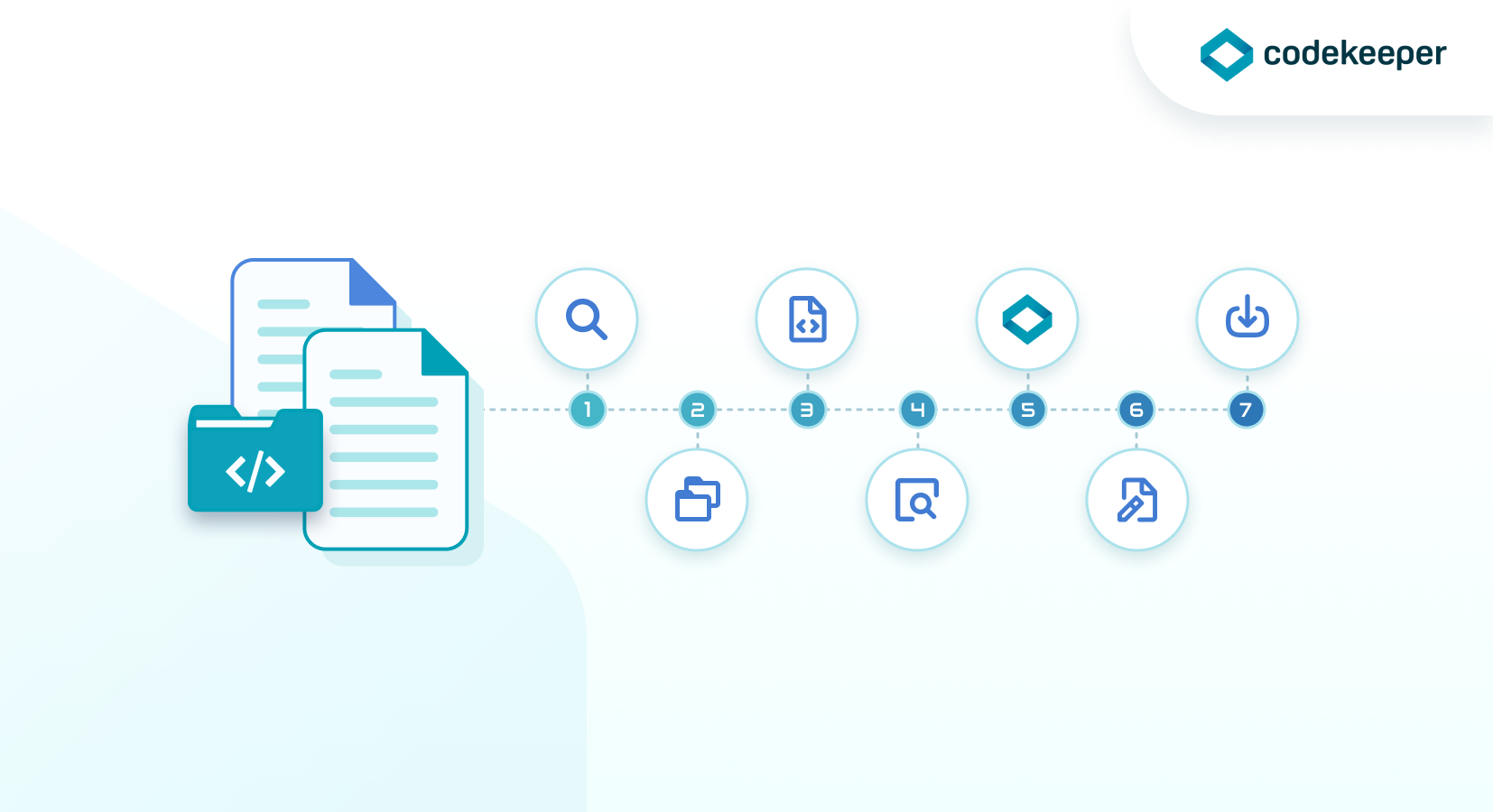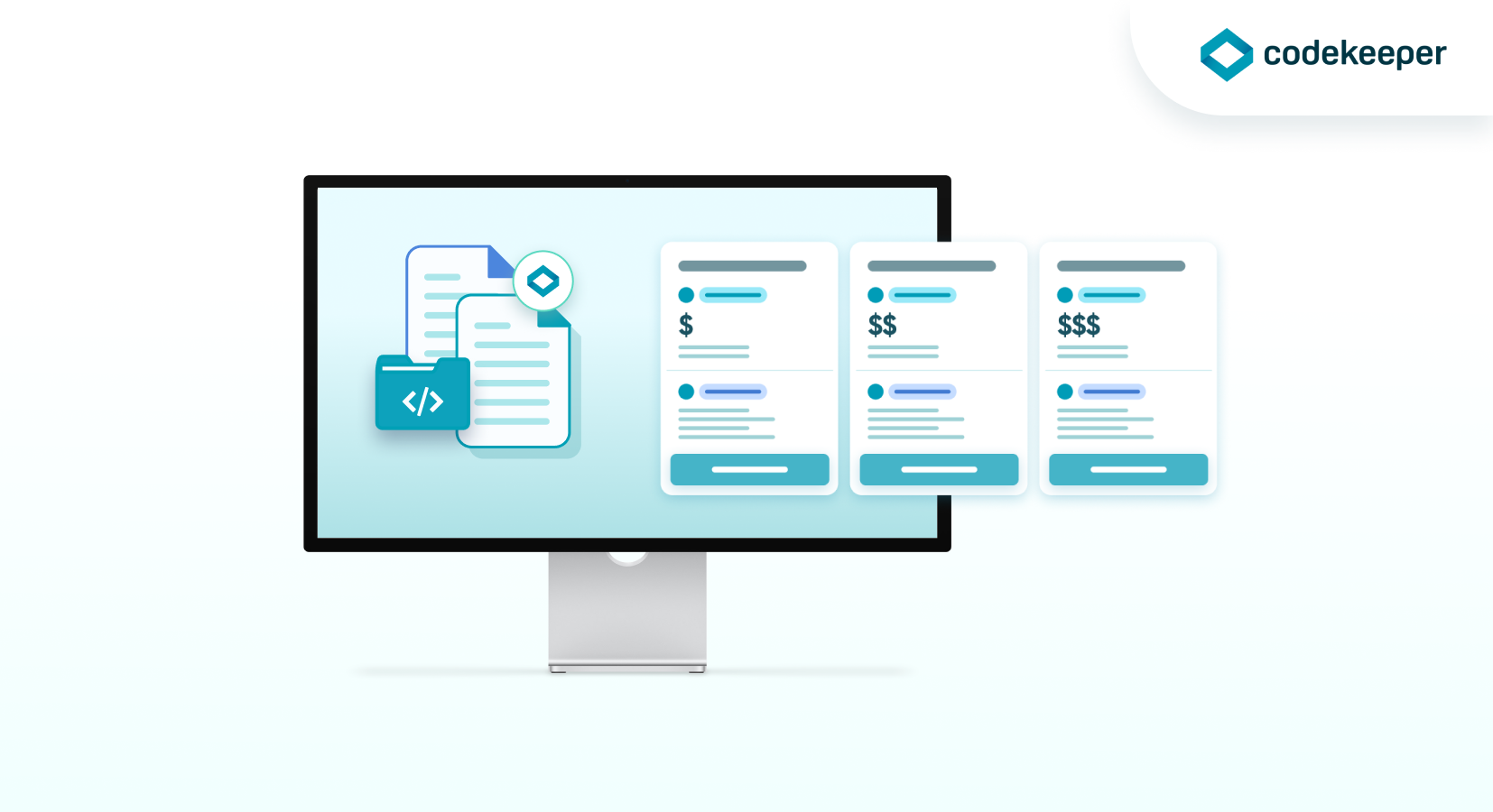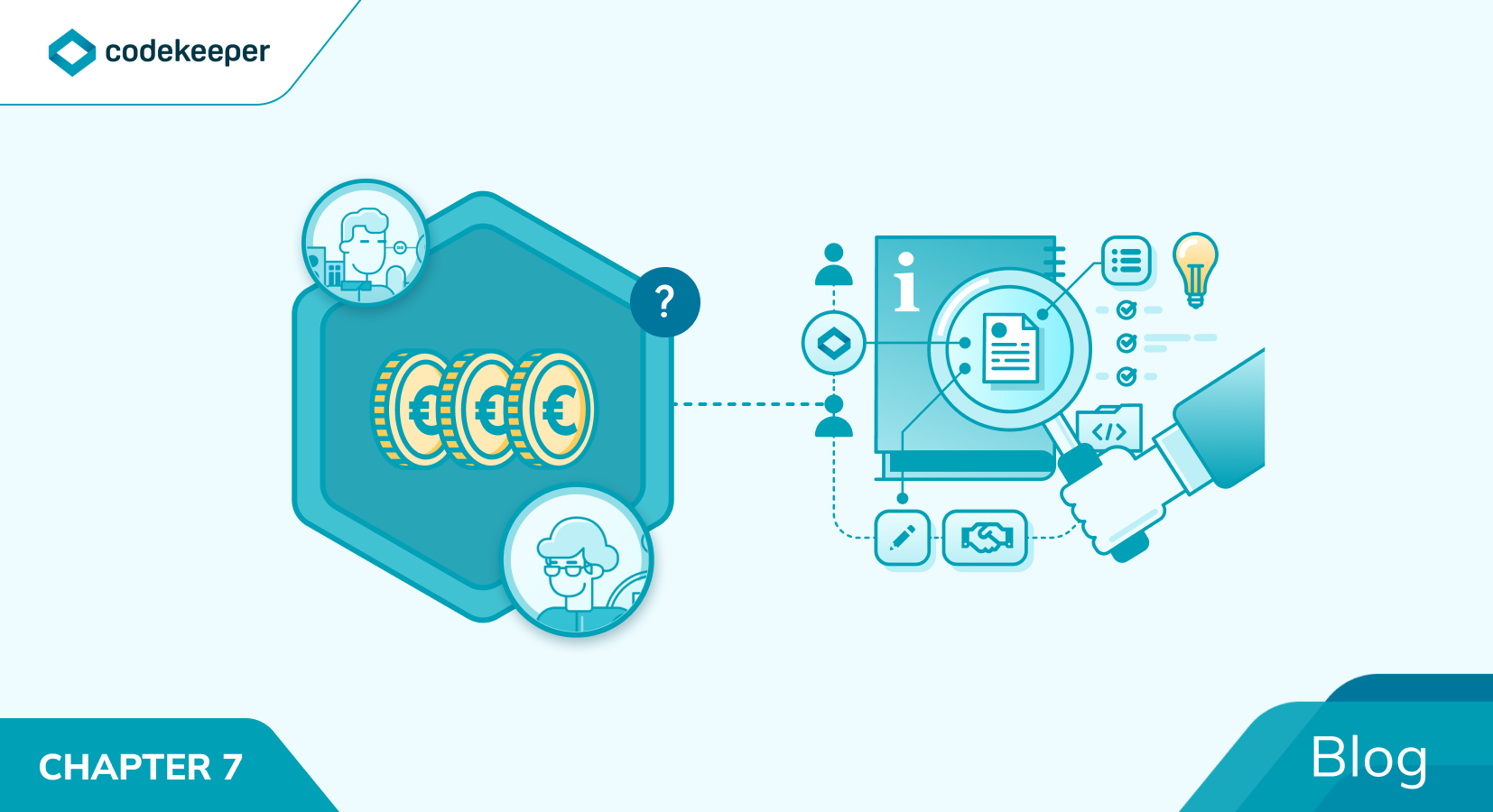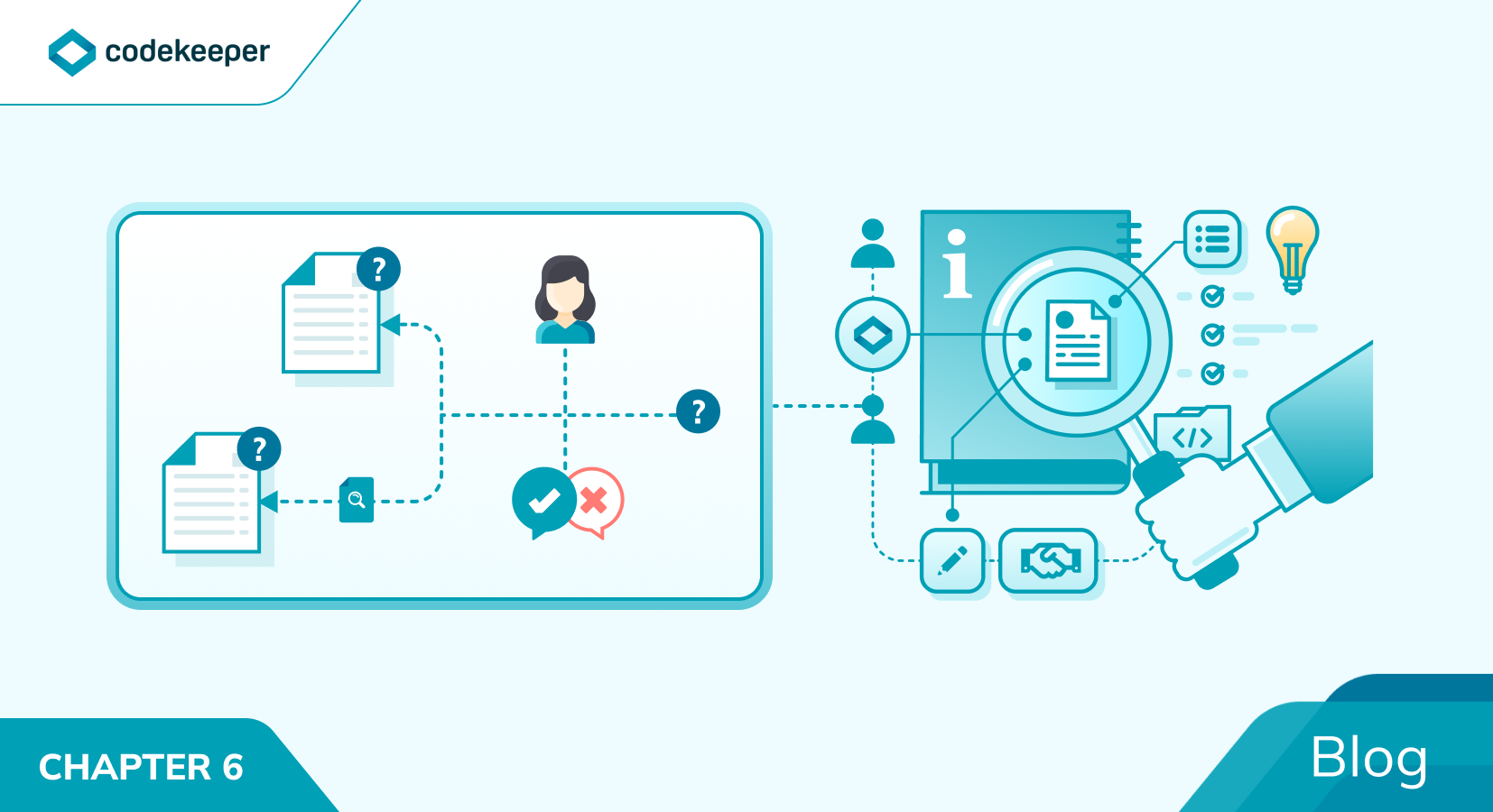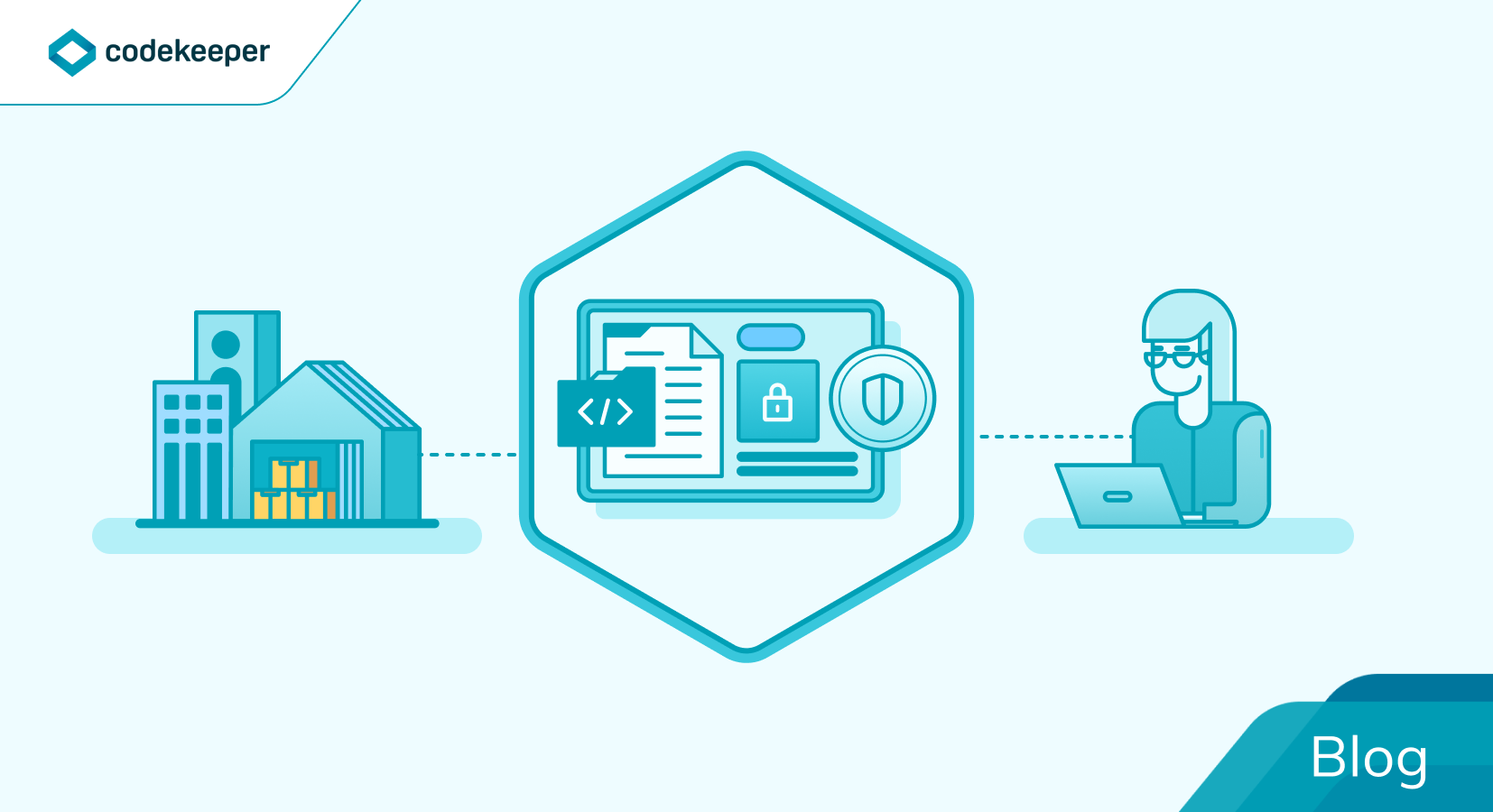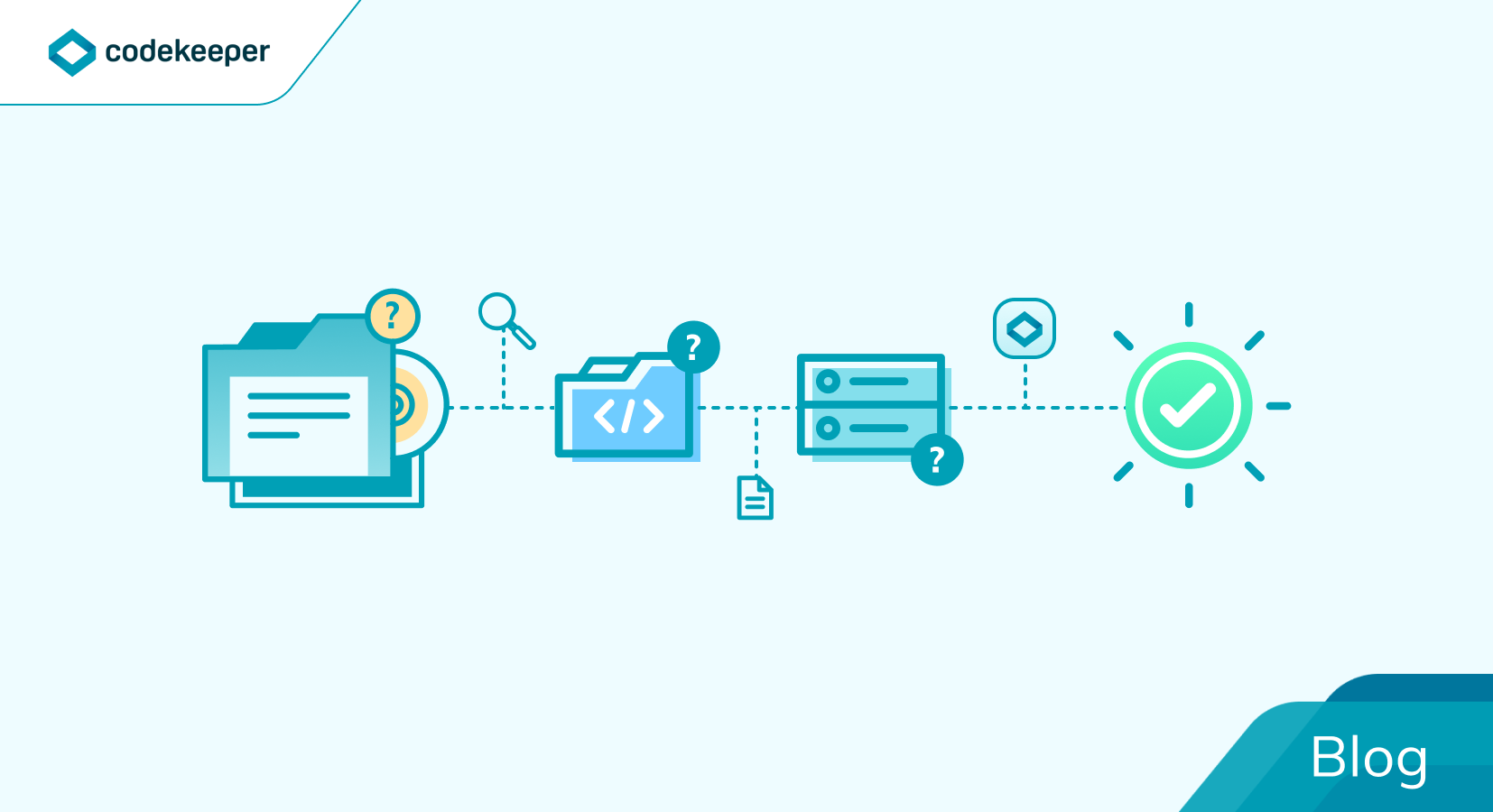Although software escrows have been used since the 1970s, they are becoming increasingly more common and necessary as a practice for modern enterprises. As a result, there are a number of software escrow solutions on the market today, and some of them have been around for decades.
However, not all software escrow providers offer the same services, the same level of quality and security, and the same ease of use. And then there’s pricing, of course, which is an important aspect in and of itself.
So whether you’re a licensor or licensee on the hunt for your next software escrow, it’s important that you examine all of these factors to be able to choose a solution that meets your needs while providing top-notch security and flexibility.
Codekeeper, in particular, was born out of a need for source code escrow that is simple to set up and use, fully automated and integrated into developer workflows, and last but not least, transparent and fair with pricing.
In this article, we will consider the current situation in the software escrow market both in terms of use and pricing. We will also look into how Codekeeper’s modern automation technology allows us to offer a superior service at a much lower price when compared to other providers on the market.
What is software escrow used for?
Source code or software escrow is an agreement set up between a software vendor or developer (depositor or licensor), the client (beneficiary or licensee), and a trusted third party (escrow agent). In particular, software escrow puts a contractual obligation on the software vendor to store, with a trusted escrow agent, all source code, data, documentation, or anything else that would enable the beneficiary to update or maintain the software.
It is most often used when a company (licensee) wants to protect its software from unexpected events, such as their software developer (licensor) discontinuing support for their software, running out of business, or breaching their contract. As such, source code escrow is also becoming an important aspect of enterprise risk management (ERM) processes for a growing number of organizations.
From the perspective of a small start-up that provides the software, source code escrow levels the playing field and engenders trust. This is why a number of software vendors get ahead of it by establishing an agreement with a reliable escrow agent. This puts them in a position to use escrow as “the great sales enabler” by eliminating risk for their clients.
Tip: If you want to learn more about what a software or source code escrow is, how it’s used, and how it might benefit your company, check out this guide for everything you need to know to get started.
